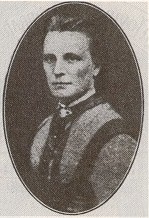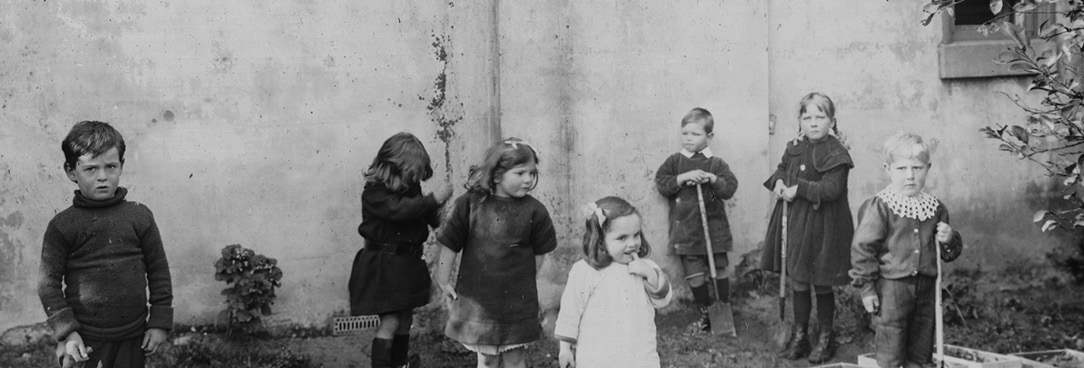
Author: Public Record Office Victoria
At the inquest, a witness stated that about an hour before Alice’s drowning, he heard Mr Brown describing Alice as a `strumpet’ and `everything that was bad’, and speaking of ‘jealousy on the part of his wife towards the girl’.

Jane Byng, an Irish orphan sent to the colonies
Irish Orphans Sent to the Colonies
By 1848, one million people had died during the Irish potato famine, resulting in mass migration to America and Australia. Earl Grey (Henry George Grey, Secretary of State for the Colonies) devised a scheme: shipping needy orphans to the Australian colonies. The benefits of the scheme were twofold: to relieve the crowded Irish workhouses, and to supply much-needed female labour.
'thick waists and clumsy ankles'
From 1848 to 1850, 4114 orphan girls, some no more than 12 years old, were shipped from Ireland to Sydney, Melbourne, Moreton Bay (Brisbane) and Adelaide. The selection criteria was simple: young, dutiful, in good health and free of smallpox. Most of the girls spoke only Gaelic and few were trained in domestic service, their intended employment. They were known as the ‘Irish orphans’.
There was immediate and continuing hostility towards the orphan girls. They lacked experience and had, according to one Sydney official, a ‘disinclination to learn’ and ‘dirty and idle habits’. Worse, he feared that, as future mothers, they would dilute the colonial physique, with ‘their squat, stunted figures, thick waists and clumsy ankles’.
News-sheets reported the colony to be awash with ‘workhouse sweepings’, but despite the hardships they had endured, most orphan girls found immediate employment and integrated into colonial life.
What's in the Archives?
Alice Ball's tragic story was discovered by historians interested in the lives of Irish Orphans. This information can be found within the inquest files for young Alice Ball, officially called the Inquest Deposition Files, PROV, VPRS 24/P 0, unit 7, item 1850/18.
The Public Record Office Victoria holds various records which help to paint a picture of the orphan experience in Victoria, including Inward Passenger Lists of those individuals who migrated to or from Victoria between 1852 and 1923. Immigration Correspondence, wills and probates, hotel licences, inquests, land, prison, court and mental health records all help to build a picture of these girls lives after their arrival. VPRS 115 Inward Correspondence (Immigration Branch) 1849-1851 is a wonderful source of information about this exciting period in our history.
Some of these records are available to search online, and a valuable resource for family historians.
Sailing Into Melbourne
The Sailing Into Melbourne exhibition, on the Google Cultural Institute helps to explain Melbourne's nautical history, including the journey of thousands of young Irish orphans who came to Melbourne.
Other Links
Wiki Page - Irish Famine Orphan Immigration
Photo: Courtesy of T. McClaughlin 'Barefoot and pregnant?', Melbourne, 1991.
Material in the Public Record Office Victoria archival collection contains words and descriptions that reflect attitudes and government policies at different times which may be insensitive and upsetting
Aboriginal and Torres Strait Islander Peoples should be aware the collection and website may contain images, voices and names of deceased persons.
PROV provides advice to researchers wishing to access, publish or re-use records about Aboriginal Peoples
